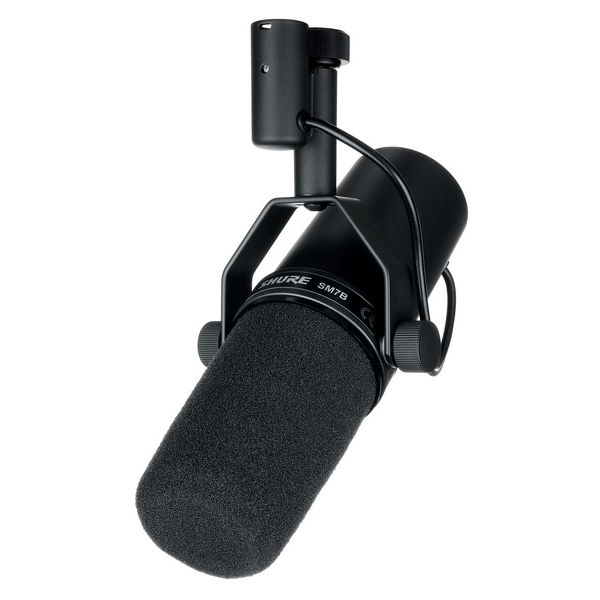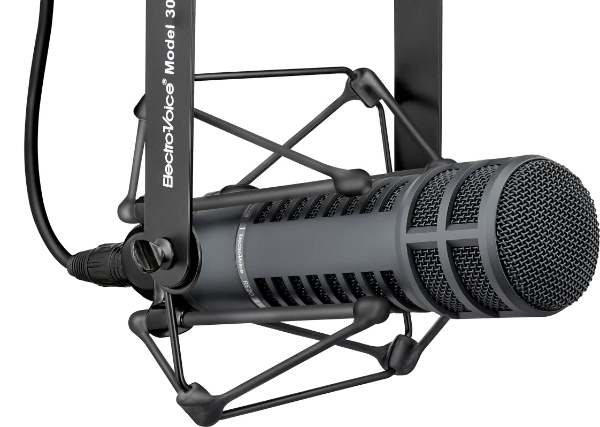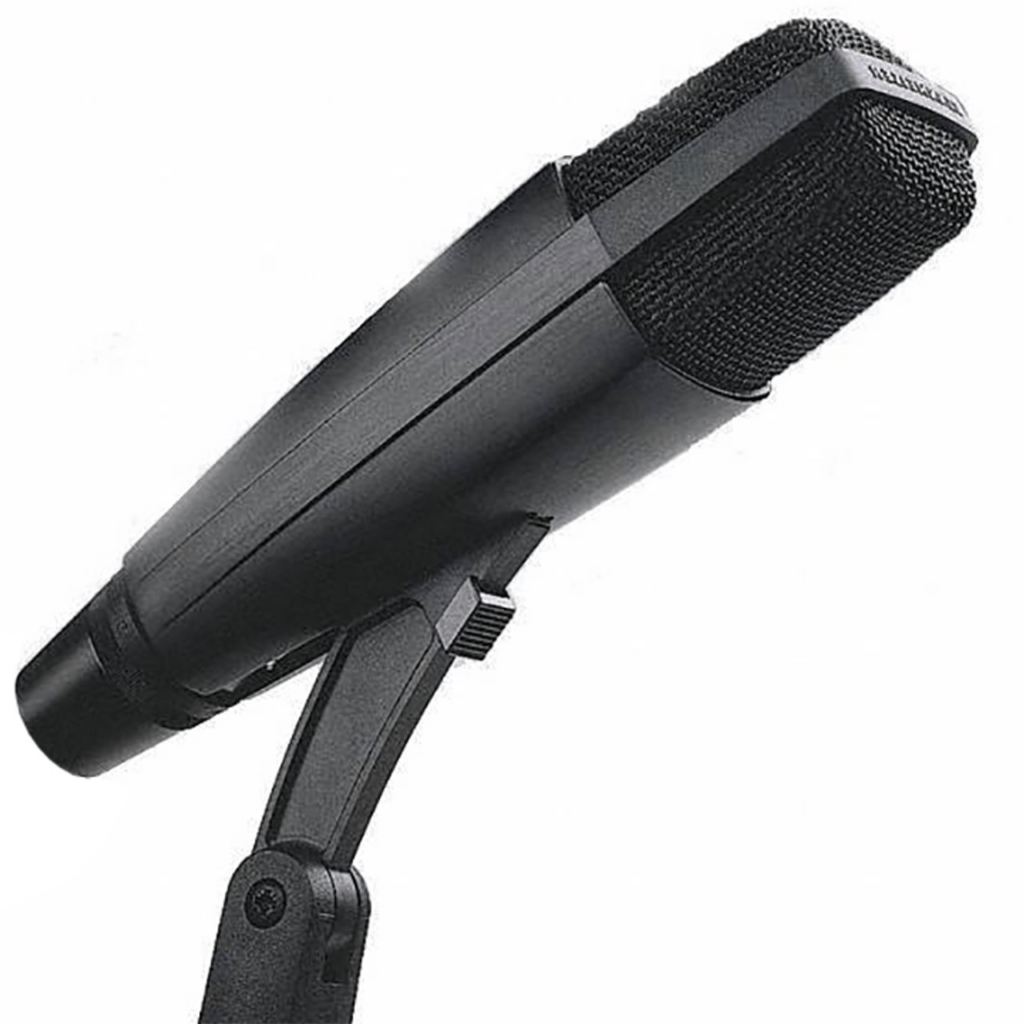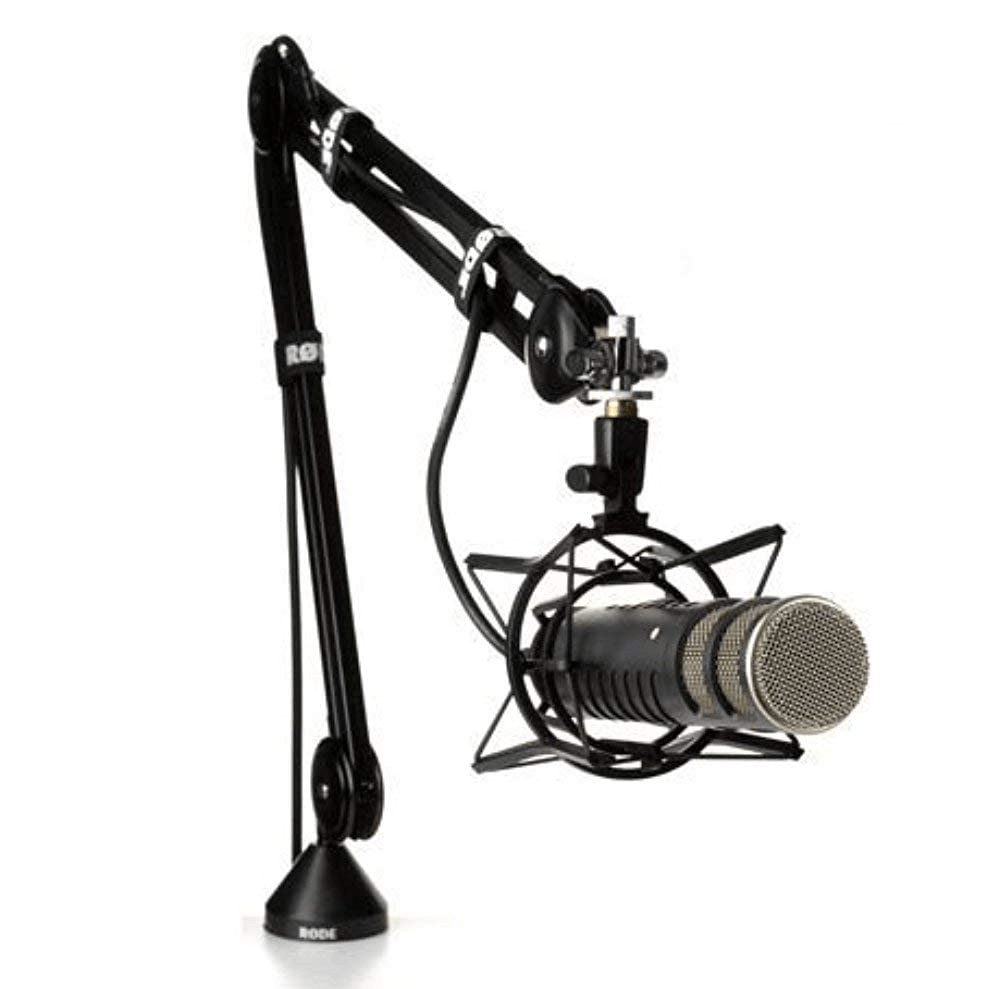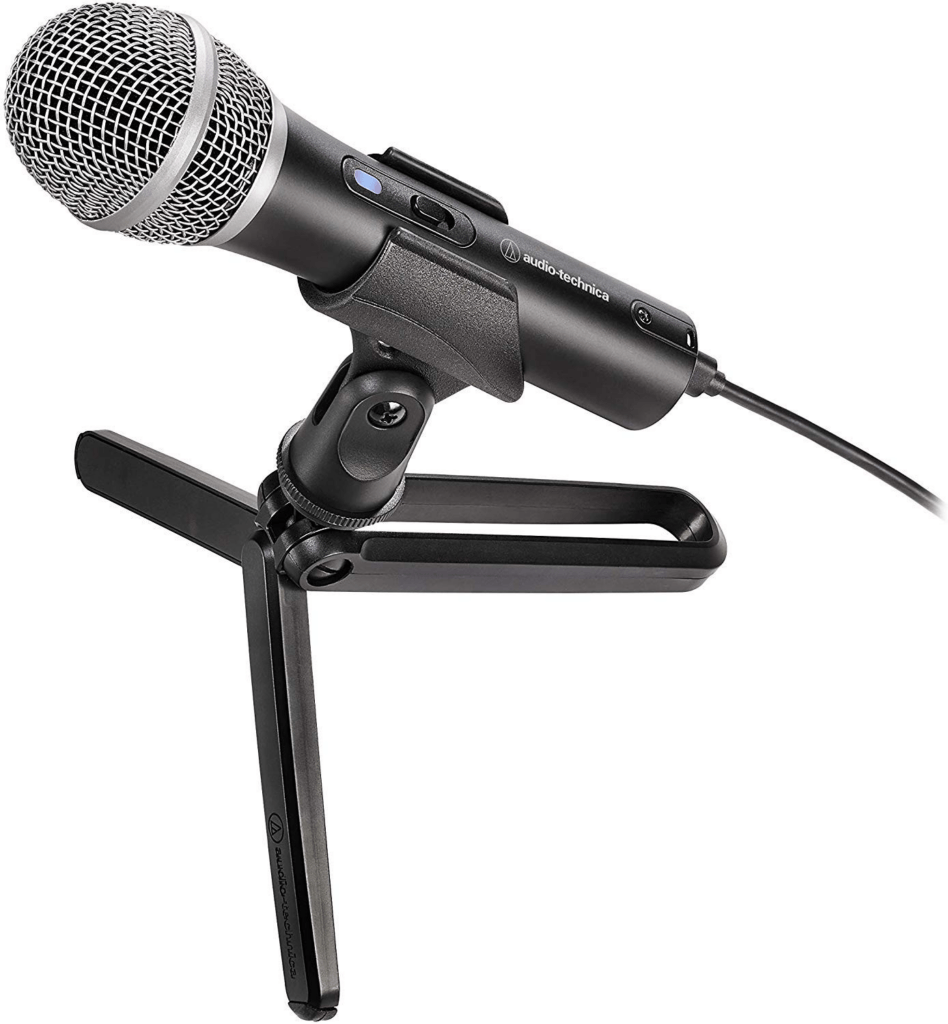Are you looking to capture crystal-clear vocals or record high-quality instruments from the comfort of your home? Choosing the right tool is essential, and a dynamic microphone is a top choice for durability and versatility. They’re the workhorses of the microphone world, known for their rugged build and ability to handle various sound levels without breaking a sweat. Whether you’re a budding podcaster, an enthusiastic musician, or an aspiring voice-over artist, finding the perfect dynamic microphone can elevate your home recording to professional standards. Join us as we explore the best dynamic microphones for home recording, bringing studio-quality sound right to your doorstep. Criteria for Selecting the Best Dynamic Microphones for Home Recording: Please note, the prices can vary depending on your location and the retailer you purchase from so they should be used as a rough guide only. Keep in mind that the best dynamic microphone for you will also depend on other factors like the acoustics of your recording space, the instruments or vocals you’re recording, and personal preference in sound character. Happy recording! The Shure SM7B is a dynamic microphone that has gained an almost cult-like following in the realms of home recording and professional studios alike. It’s renowned for its rich, smooth sound and its ability to capture audio cleanly, without picking up too much background noise. Given its outstanding performance, it has become a go-to microphone for podcasters, musicians, and voice-over artists. Overview: The moment you lay eyes on the Shure SM7B, you can tell it’s built for excellence. Its sleek, robust design speaks volumes about its quality before it even captures a sound. When using the SM7B, one of the first things I noticed was its rear rejection: it effectively minimizes any background noise, which is imperative when recording in less-than-ideal home environments. Vocals come through warm and clear, without the brittle high end that some mics introduce. I’ve found it delivers a professional-grade sound straight out of the box, a feature that both beginners and pros can certainly appreciate. Its performance with instruments is equally impressive. Whether recording a guitar amp or a punchy snare drum, the SM7B exhibits a balanced tone, preserving the natural sound of the instrument. Its versatility and durability make it a value-packed microphone, and the built-in pop filter is a nice touch, reducing plosives and the need for additional accessories. Specs: Pros: Cons: Price: The price of the Shure SM7B typically hovers around $400. It’s not the cheapest option for home studios, but considering its performance and longevity, it’s a worthwhile investment for anyone serious about their sound quality. In summary, the Shure SM7B lives up to its reputation as a top-tier dynamic microphone suitable for an array of home recording needs. Its crisp sound, user-friendly design, and commitment to quality make it a product that, in my opinion, stands out from the crowd. If your budget allows, the SM7B is a sound investment that should serve your home recording needs for years to come. The Electro-Voice RE20 is a legendary piece in the world of broadcast and recording. Its reputation is well-earned, given its outstanding performance in capturing rich, detailed sound without losing the natural tone of the voice or instrument. Designed to handle the intricate nuances of voice and versatile enough for musical instruments, the RE20 stands out with its Variable-D technology that minimizes proximity effect. This makes it an excellent choice for home recording enthusiasts who may not have the luxury of a perfect acoustic environment. The smooth, flat frequency response ensures that your recordings sound true to the source without unnecessary coloration. Using the RE20 for home recordings, I’ve found that it’s incredibly forgiving in untreated spaces, and it often requires less post-processing to get that professional sound. The cardioid pattern provides ample separation from unwanted background noise, and it’s built like a tank, suggesting it’ll last for years to come. It’s become a go-to for everything from podcasting to recording vocals and instruments in my home studio. Specs: Pros: Cons: Price: The Electro-Voice RE20 is generally priced for the serious home recorder or professional, often found within the range of $400-$450. While this isn’t pocket change, the investment reflects the professional quality and versatility you’re getting. This microphone can elevate your home recordings, and given its solid build, it’s likely a one-time purchase for years of service. Overview: After using the MD 421 II extensively in my home studio, I’ve found it to be incredibly versatile. It shines when capturing the warmth and richness of vocals, but where it truly exceeds expectations is with instruments—especially guitar amps and drums. The mic’s full-bodied sound and excellent feedback rejection make it a top choice for serious home recording enthusiasts who want that professional studio sound without leaving the comfort of their personal space. Specs: Pros: Cons: Price: Overview: When I tested the Procaster, the first thing that struck me was its tailored frequency response, which accentuates the human voice in all the right places. The microphone offers a tight polar pattern, which means it’s excellent at rejecting off-axis sounds – a real boon when you’re working in less-than-ideal acoustic environments. Sound-wise, the Procaster impresses with its warm but detailed character. It has a built-in pop shield that effectively minimizes plosives and sibilance without the need for external filters. This aspect is particularly notable for creating clean recordings right off the bat. The build quality can only be described as tank-like. It’s a solid piece of gear that feels like it could withstand the rigors of a home studio or even a more demanding broadcast environment. The aesthetic is sleek and professional, with a weight that reassures you of its durability. Specs: Pros: Cons: Price: Personal Opinion: The Audio-Technica ATR2100x-USB is a versatile and cost-effective choice for home recording enthusiasts. It strikes the perfect balance between quality and price, making it accessible for podcasters, musicians, and content creators who are starting out or even seasoned professionals looking for a reliable backup mic. The including USB functionality is a standout feature, as it allows direct connection to computers, eliminating the need for an external audio interface. As a dynamic microphone, it’s great at rejecting background noise, and its sound quality belies its price point with a clear, articulate output that suits both spoken word and singing. Specs: Pros: Cons: Price: The ATR2100x-USB is quite affordable. Given its features and performance, it offers outstanding value. The price typically hovers around $100, though it may vary depending on the retailer and any ongoing promotions or sales. This makes it a smart pick for those on a budget who don’t want to compromise on quality. The Audio-Technica ATR2100x-USB is an impressive dynamic microphone for home recording, especially for those who might just be dipping their toes into the audio production world. Its ease of use paired with its performance makes it an intelligent choice for a broad spectrum of users. When it comes to value for money, it’s challenging to beat what this microphone offers, meaning you can invest more in other areas of your recording setup without sacrificing audio quality. Conclusion: To wrap it up, finding the perfect dynamic microphone for home recording is key to producing professional-quality sound. Whether you’re a podcaster, musician, or voice-over artist, our top picks cater to diverse needs and budgets. Remember, the best microphone is one that not only delivers excellent audio clarity but also suits your personal recording environment and setup. Consider your space, the sounds you want to capture, and how much you’re willing to invest. Happy recording! FAQs: High-temperature Submersible Motor Winding Wire
This products is made of solid copper wire or enamelled copper wires conductor, crossed-linked polyethylene insulation, optional polyamide jacket. It has fine performance for water-resistant, electric conducting and mechanical. It used to all types water-filled, oil-filled high-temperature submersible motor or similar working electronics, and applied to standard of environmental-friendly.
The conductor is used the standard of GB/T395 or GB/T6109, and applied to JB/T4014 standard.
The product can be used for Voltage 1140V, temperature -40℃-90℃, PH value 6.5-8.5, water pressure 1MPa, light acid-alkali-salt media or oil-media, frequency 50Hz-60Hz, for long time use with stable liability.
High-Temperature Submersible Motor Winding Wire,Frequency Conversion Submersible Motor Winding Wire,Frequency Covertable Submersible Winding Wire,Heat Resistance Submersible Motor Winding Wire HEBEI GUOQIAN WIRES CO., LTD , https://www.guoqianwires.com
Sure, let’s create a simplified comparison table for these dynamic microphones suited for home recording. I’ll provide some key specifications aside from the price, like polar pattern, frequency response, connectivity, and any included accessories that might be useful for someone setting up their home recording studio.Specifications Shure SM7B Electro-Voice RE20 Sennheiser MD 421 II Rode Procaster Audio-Technica ATR2100x-USB Price (approx.) $400 $450 $380 $230 $100 Polar Pattern Cardioid Cardioid Cardioid Cardioid Cardioid Frequency Response 50 Hz – 20,000 Hz 45 Hz – 18,000 Hz 30 Hz – 17,000 Hz 75 Hz – 18,000 Hz 50 Hz – 15,000 Hz Connectivity XLR XLR XLR XLR XLR / USB Output Impedance 150 ohms 150 ohms 200 ohms 320 ohms N/A (USB digital output) Sensitivity -59 dB -56.5 dB -2 dB (at 1 kHz, open circuit) -56 dB – Included Accessories Windscreen, mounting bracket Internal pop filter Microphone clamp, carrying case Stand mount, zipper pouch Tripod desk stand, cables (XLR to USB) Shure SM7B
Electro-Voice RE20
Sennheiser MD 421 II
The Sennheiser MD 421 II stands as a true icon in the world of recording microphones, praised for its performance with a variety of sources. If you enter any professional recording studio, there’s a good chance you’ll spot it. Its design and build quality hark back to a classic era, yet it remains robust and relevant in modern home recording environments.
The MD 421 II typically retails between $380-$400, which isn’t pocket change. However, considering you’re getting a piece of gear that can last decades and elevate your recordings remarkably, I’ve always considered it a worthy investment. Its price reflects its status as a professional tool, and it is certainly a beneficial addition for those who are serious about achieving professional-quality recordings at home.Rode Procaster
The Rode Procaster is a serious contender in the world of home recording microphones, blending professional-level audio quality with a solid, robust design. From my experience, it’s primarily tailored for the spoken word, making it an exceptional choice for podcasters, streamers, or anyone looking to record vocals with crystal-clear quality.
The Rode Procaster falls comfortably in the mid-range bracket. While precise prices can fluctuate based on retailers and location, it holds great value for those who need a high-quality, specialized vocal microphone without breaking the bank. Expect to find it around $200 – $250, which is a reasonable price for a professional-grade microphone that punches above its weight.
The Rode Procaster is one of those mics that you can’t help but recommend for anyone serious about their home recording, especially vocal-focused projects. It truly excels for voice work, providing that broadcast quality sound at a home studio price. My impressions are overwhelmingly positive, particularly in how effectively it manages to keep ambient noise at bay. If you’ve got the right setup to power this bad boy, it delivers performance that could easily rival more expensive industry standards.Audio-Technica ATR2100x-USB
Dynamic microphones are durable, versatile, and typically more affordable. They handle high sound pressure levels well, making them great for capturing vocals and instruments in a home studio environment.
Yes, most dynamic microphones will require an audio interface or mixer with a decent preamp to connect to your computer and ensure quality sound capture.
While dynamic microphones are excellent at isolating single sound sources, you may need multiple microphones or a different type of microphone pattern for quality recordings of multiple sources simultaneously.
